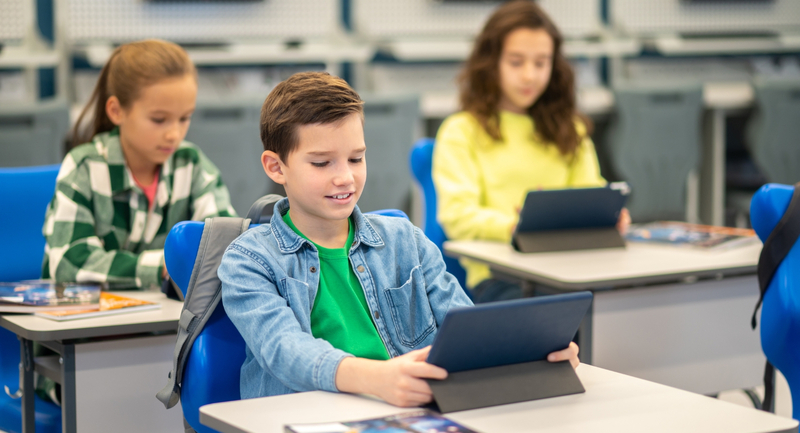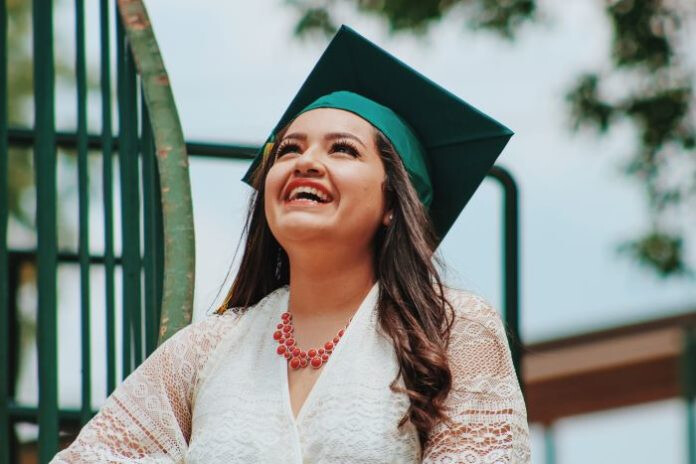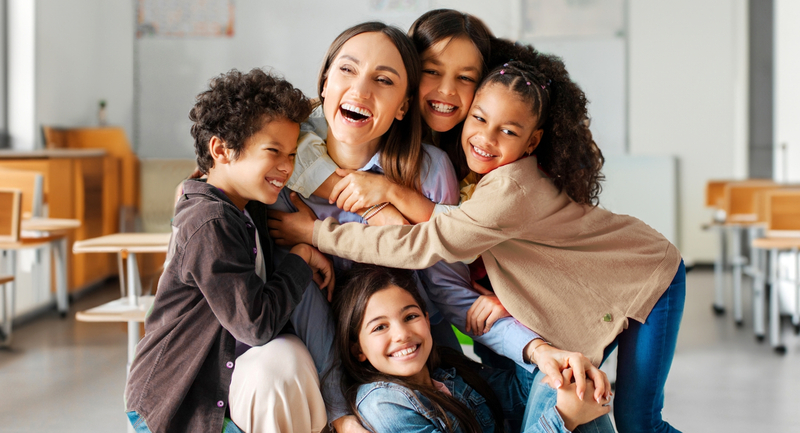How students learn in the classroom is impacted by a long list of factors, including instructional strategies and learners' social-emotional skills, but one factor that sometimes receives less attention is the classroom environment itself. The physical space where students learn can greatly influence their sense of safety and, by extension, their confidence and engagement, according to literacy experts and school administrators Douglas Fisher and Nancy Frey. Especially for students living in poverty or facing other systemic obstacles, the appeal and ethos of the school or classroom environment can make a big difference.
Classrooms that provide a sense of safety help students feel more comfortable making active choices and collaborating with each other. They also help all learners feel a stronger sense of community, an important ingredient for academic success, as the authors explain in their December/January column for Educational Leadership, "Tending to Learning Environments." Teachers can help shape their students’ learning experiences by turning a critical eye toward their classrooms and reflecting on questions, such as, “How does this classroom support students' sense of security?” or “How do classroom materials reflect the interests, experiences, and cultures of students and the community?”
In the video accompanying their column (reposted below), Sarah Ortega, a 4th grade teacher at Harborside Elementary School in Chula Vista, California, leads a tour of her classroom. From a corner featuring behavioral agreements students devised democratically to an SEL wall with motivational messages, the features of Ortega’s classroom all contribute to a safe and inviting environment.
Fellow educators, like @jillrt, recognize the value of approaches like Ortega's, which support students' agency in the classroom:
"Great video from @ASCD with lots of great examples for interactive focus walls that empower students. Love the explicit teaching of Levels of Engagement w/ students so they can own where they are & know we all move through all the levels."
Replying to this tweet, educator @ehcoyle agrees:
"My word, that is one of the most inviting and student-friendly (student-owned!) classrooms I’ve ever seen. Love the visuals and rubrics. Would love to be a student in that class!"
In Ortega’s classroom, emphasizing physical and psychological safety has helped empower students to design the space in a way that matches their needs and interests. An intentionally planned physical space can’t do all the work of teaching, of course, but it lays the necessary foundations for communication, collaboration, and deeper learning.
As Fisher and Frey write in their column, “The way we create a learning environment with ourselves and our students in mind can transform it from a space to a place, one that is meaningful to students personally and emotionally.”









